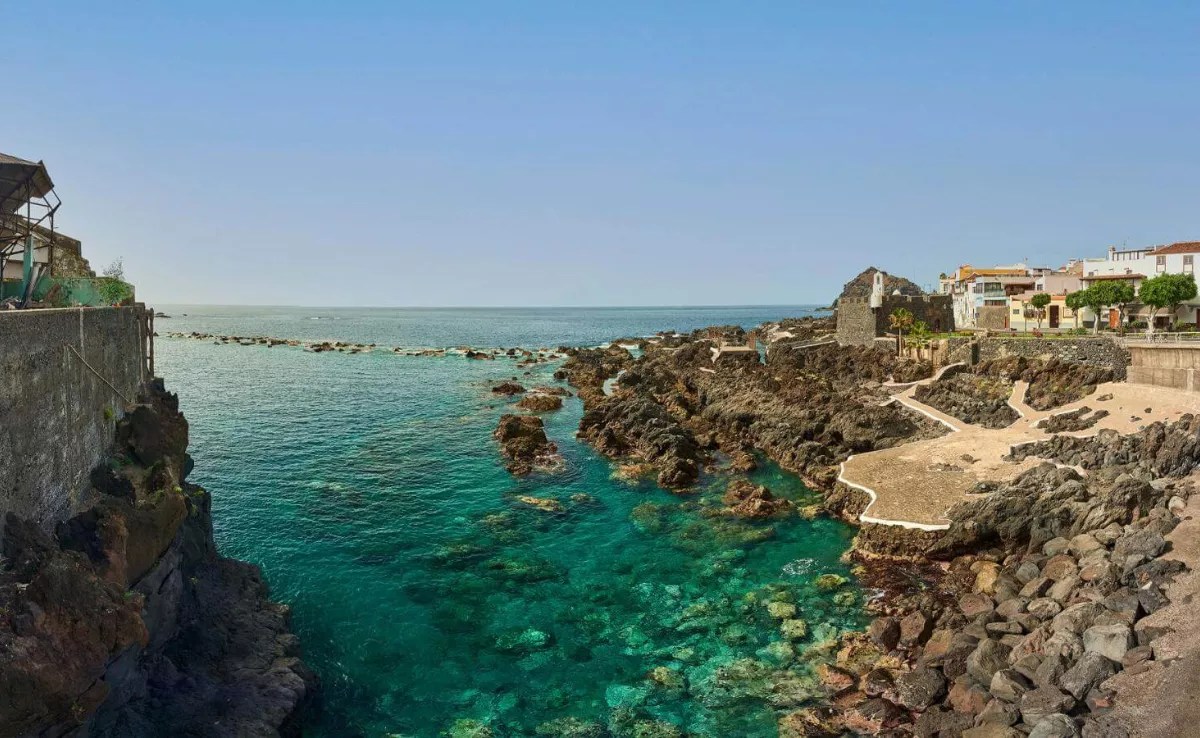
SANTA CRUZ DE LA PALMA, Jan. 31 (EUROPA PRESS) –
The ‘La Palma Renace’ plan, a joint initiative of the central government and the Canary Islands to reactivate the economy of the island after the eruption and through tourism, was presented this Monday on the island with a first investment package of 9.5 million to launch tourist bonds on the market and improve air connectivity.
The details have been presented at a press conference by the Secretary of State for Tourism, Fernando Valdés; the Minister of Tourism, Industry and Commerce of the Government of the Canary Islands, Yaiza Castilla; the Councilor for Tourism of the Cabildo, Raúl Camacho, and the manager of Promotur, José Juan Lorenzo, who have stressed that tourism will be a key sector for the recovery of the island together with agriculture.
The bond program, Valdés pointed out, begins this February with a budget of 5.6 million, covered equally by both administrations, and which includes a total of 20,000 at a rate of 250 euros each.
The vouchers will be stored on digital debit cards and will be used to pay for regulated accommodation and active tourism companies throughout 2022 that previously register for the program and whose registration period starts this Tuesday.
The tourist experience can begin to be enjoyed from February 15.
The launch of the tourist vouchers will be accompanied by two advertising campaigns in both the regional and national markets, with a budget of almost 1 million euros and under the slogans ‘The call of the earth’ and ‘Travel to the center of the earth’.
Regarding air connectivity, 2.5 million will be invested to try to increase the air seats that were in La Palma by up to 20% over those of 2019, with an incentive of 6 euros per international seat and 3 euros for the national one.
Valdés has commented that countries that already had routes with the island, such as Germany, Switzerland, Austria, the Netherlands or Belgium, will be prioritized, along with campaigns to promote nature and the sea with activities such as diving, surfing, astrotourism or hiking.
The Secretary of State has insisted that tourism “must continue to be fundamental” in the island’s economy and the Government’s vocation is to “concentrate” efforts so that the tourist offer “is optimal and unique”.
Castilla has commented that the eruption of the Cumbre Vieja volcano “stopped at a stroke” the demand for the island but now, “with the volcano turned off, social interest must be transferred to economic prosperity”.
OCCUPANCY AT 36%
He has stressed that the island barely received 100,000 inhabitants in the last four months –for the 250,000 of 2019– and that the reopening of beds “stopped in its tracks” and currently, only six out of ten are operational, with an occupation of 36 percent in December and an average stay of three days.
The councilor is confident that the Puerto Naos area, one of the island’s great tourist areas – still closed due to harmful gases – will soon be able to reopen, but in the meantime, the bond campaign will work with the resources “with which you can count”.
Lorenzo has pointed out that Promotur will be in charge of managing the campaign using the experience of the ‘Somos Afortunados’ vouchers that were launched last summer for the island market and that had more than 169,000 people, so he expects a ” extraordinary response” from all Spaniards.
Camacho stressed that the ‘La Palma Renace’ plan is “open” and has the support of all administrations to make the island a “preferred destination” for visitors as a “different place, full of nature”.
Thus, he has insisted on “taking advantage of the volcano in a positive way” to attract new visitors to the island, guaranteeing that there is air connectivity. “La Palma has always been attractive but it requires a boost to make it known”, she has indicated.
The ‘La Palma Renace’ plan was announced at the end of December with a total budget of more than 27 million, and apart from the bonuses and air incentives, it provides for an investment of two million euros for the tourist hostel, ten million in aid direct to the creation of new companies, expansion of an existing establishment and diversification of production, three million for the ‘Starmus’ festival and a line of credit for SMEs.
















